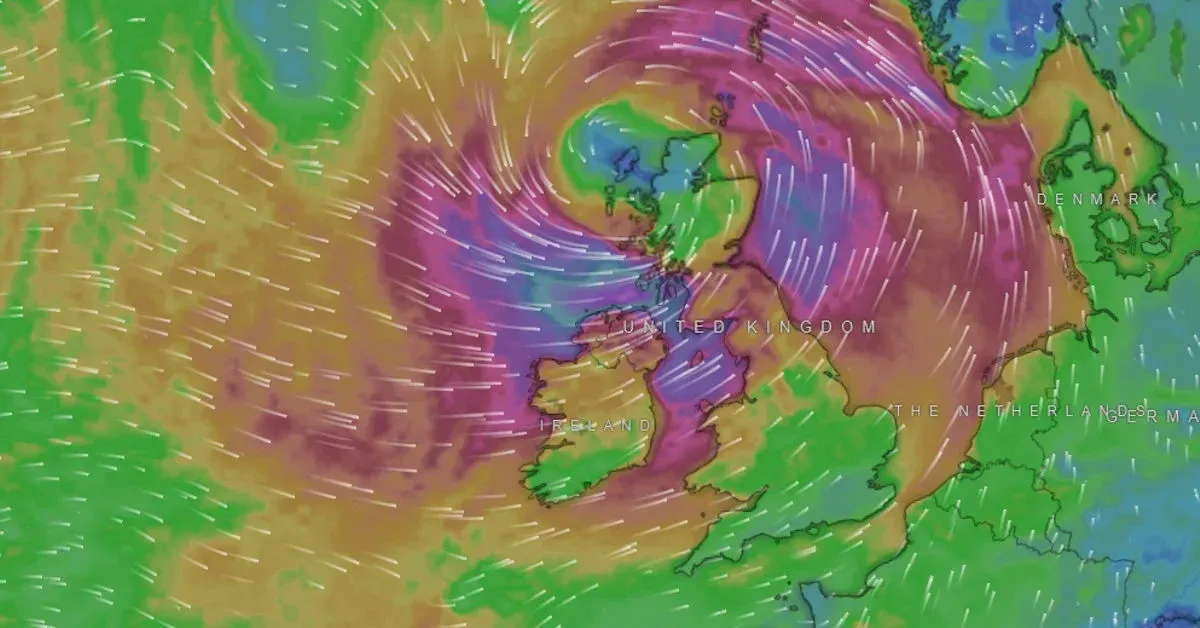Storm Éowyn has hit Ireland and Scotland with record-breaking wind gusts of up to 183 km/h, causing widespread damage and power outages. Around 715,000 homes and businesses in Ireland are without power, and it may take several days to restore electricity. In Northern Ireland, nearly 100,000 homes and businesses are also affected.
The storm has led to the cancellation of hundreds of flights, school closures, and major disruptions to public transport. Authorities have issued a red weather warning, urging people to stay indoors and avoid travel unless absolutely necessary. The Scottish Parliament in Edinburgh has also closed due to the storm.
In Dublin, parks, playgrounds, and weekend markets are closed, and public transport services are severely affected. Residents have been advised to stay indoors and avoid unnecessary travel. The storm’s impact is expected to last for several days, with ongoing disruptions to daily life.
Meteorologists have noted that Storm Éowyn was intensified by a fast jet stream, which increased the storm’s strength. This has raised concerns about the link between extreme weather events and climate change.
The National Emergency Coordination Group is actively monitoring the situation and coordinating response efforts. Emergency services are working tirelessly to clear debris, restore power, and assist those affected by the storm.
Storm Éowyn, also known as Storm Gilles in Germany, formed on 21 January 2025 and quickly intensified. The storm brought damaging winds and heavy rainfall, leading to localised flooding and hazardous conditions. The Mace Head Atmospheric Research Station recorded a gust of 183 km/h, breaking an 80-year-old record for the country.
Met Éireann issued an orange wind warning for 26 counties and a red wind warning for counties Clare, Cork, Kerry, and Limerick. The UK Met Office also issued red weather warnings for all counties of Ireland. These warnings highlighted the potential for fallen trees, damage to power lines, structural damage, and transport disruptions.
Coastal areas have also been affected, with wave overtopping and coastal flooding reported in low-lying regions. The public has been advised to “Stay Back, Stay High, Stay Dry” to avoid the dangers posed by the storm. The ESB has warned of the dangers posed by fallen live wires and advised the public to report such cases immediately.
The National Oceanic and Atmospheric Administration (NOAA) deployed Hurricane Hunter aircraft to Shannon Airport to study Storm Éowyn as it approached landfall. This marks the first time the Hurricane Hunter aircraft have been deployed to Europe since Hurricane Ophelia in 2017.






